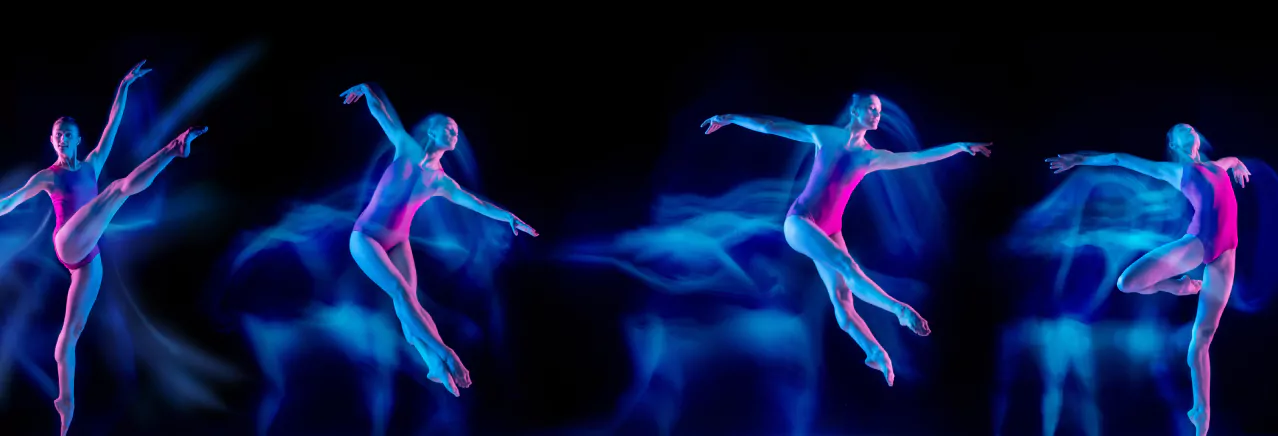
FINALISTS AND LAUREATES
Gogol's City Virtual Tour Hall is an online museum consisting of seven halls dedicated to various interpretations of Gogol in Russian avant-garde arts of 1920s, based upon the technology of a multi-player browser-based game.
It was possible to have online tours of all the major museums during the pandemic but we still wanted the restrictions to be lifted and to be able to go to the Hermitage "on your feet". Then I realized that I don't feel myself "inside" in the 3D world when I'm clicking my mouse and stay behind the screen. Besides, it's sad to walk through the empty halls alone. So, I began to look for such technical tools that would allow me to come to an online museum with friends and explore all its corners together - even with the help of a keyboard. I turned to the developers. It turned out that them being adept gamers know well that a person needs an avatar to identify oneself in the online world. I tried it, and was surprised to realize that this was how I perceived that the avatar was me, and I was inside the museum, not just looking at a Google map. And that there was a technology that allowed you to bring several dozen people to one space at a time. So, I won't be alone in such a museum. It might even be too crowded! Then I understood that an online museum can be a real living space.
When creating an online museum, you need to understand that digital technologies are much more complicated than the good old architecture. If museum doors are open visitors will definitely enter them. But you could not be so sure that each visitor will have sufficiently modern equipment - the more so I already had an experience with an AR exhibition. If we are talking about AR, everyone has different smartphones. In the case of an online museum, everyone has different computers. At first it was hard to understand what to do with the fact that some visitors could not enter the museum due to their outdated equipment. But it was children who helped: during one of the school tours, they connected their teacher who could not enter the online museum through Zoom. So now we know: we always have a backup option.
Such projects are important for sure. This is obvious now, in the era of the pandemic, that some interesting full-fledged online content is demanded. But regardless of the restrictions on face-to-face events, hi-tech online projects help attract the youngest people to the museum, because they are interested and know how to deal with it. This is also useful for people living in remote areas: online museums give them a deep cultural experience, which is not always available to them offline. However, it seems to me that such projects are even more important for creative people themselves like museum staff and developers. Digital world gives museum workers extraordinary freedom: you are no longer restricted by the walls of the museum and can be freely decide on the layout of the exhibition and create unusual rooms resonating with the theme and the spirit of the museum. As for software developers, this is an extremely important experience of interaction with the high art.